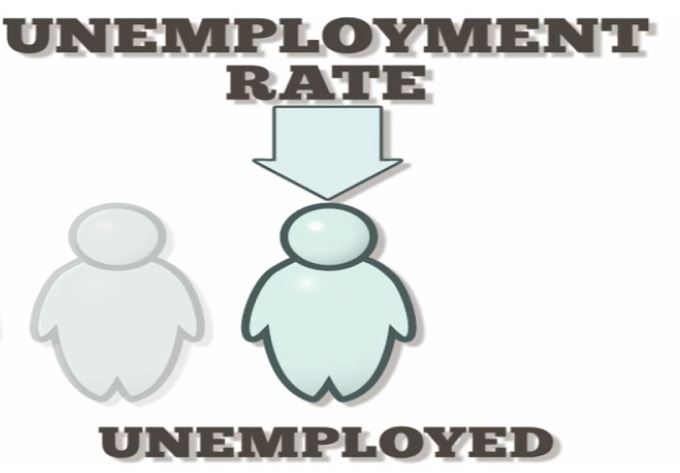
The housing market could be rather confusing to follow its trend or predict the next wave of real estate opportunities. Economists have, however, discovered a few determining factors to better understand the volatility experienced in the housing market. Meanwhile, understanding these factors isn’t enough to predict the immediate move on the shift in the buyer or angler’s market. How do these factors correspond to reality? Let’s help you see how. Read along!
Watch out For Inventory Data
The housing inventory data allows investors in the real estate market to predict how viable the market is. People often depend on month-to-month inventory data to predict their present housing decisions for investment. Does the month-to-month inventory data fully reveal all we need in a realistic market? We’d get to the details of that in a bit.
In reality, a detailed comparison of today’s figures with the year-to-year inventory data gives a closer chance of predicting the housing market. While it’s normal to always look out for little fluctuations in the month-to-month inventory data, ignore them looking at the bigger picture. With these two data combined, you should have a head start in determining how the figures correspond to today’s world. Also, try getting interpreting updates from data from reliable sources like the NAR.
Observe Pending Home Sales
Predictions can only be closer to reality when investors follow the trend of pending home sales. The existing-home sales report affects home prices by providing economists and investors with a pictorial idea of the current housing sales spikes (activity). The pending home sales report helps the NAR to the collate sum number of properties (homes) that went under contract. By following the pending home sales report, you could predict the buyer’s position in the market.
When you spot an affordability issue in the buyer’s market due to lagging from the report, it’s a clear opportunity for you to bring your starter home aboard. To understand how market prediction affects real estate reality, you’d need more than the pending home sales report. Unlike how real estate investment works (locally), the pending home sales are a regional report and should be considered a pairing tool for prediction.
Keep Track On New Home Construction Data
Aside from the obvious follow-up on new homes for sales, newly-constructed homes can help determine housing inventory. This makes the constructions a determinant when predicting current housing market rates per time. The new-home stats are released monthly, which makes it possible to keep track of the data. These releases include building permits issued monthly, which helps to measure and compare the number of housing authorized from that month.
Along with the building permit numbers are the housing starts and housing completions data released monthly to help predict housing market moves. Both data reveal the number of ongoing home construction and privately-owned housing projects completed within the previous month. With these data, investors can conclude that releases below the $1.5 million minimum rate for housing starts of the inventory are expected to shrink, causing an increase in selling pressure.
Unemployment Rate & Job Market Updates
The job situation at the ground level and unemployment are vital determining factors for predicting the current market situation. It’s pretty easy to make the correlation between unemployment and the current housing market. When there are new jobs at the local levels, it increases the demand for housing. In a Techie hotshot economy, an increase in job opportunities automatically increases the demand for marketable homes or properties in the market.

An economy with increasing jobs enables people to save enough money to purchase a home for sustainable living. These days, mortgage rates favour individuals with steady income and jobs. The low mortgage results from a good employment rate which equals a strong economy which in turn produces a viable real estate market.
On the other hand, when we have a head-struck downtrend of the real estate market, it affects the national economy greatly. Yes, the labour market updates, aided by the federal reserve, play an important role in the housing sales prediction.
Conclusion
The direction of the housing market is faced by a few determining factors which help investors make profitable decisions. Listed above are a few economic factors that surround the demand and supply chain of the housing market. These factors come in handy in predicting the current prices. Some even go as far as helping investors envisage the situation for the following months if all things are being equal.
About the Author
Kegan Gill is a real estate professional and a housing market analyst with years of experience in writing. He records an increasing number of profitable real estate online essays. Among the very few successful real estate gurus at StudyDriver, Kegan Gill stands out as the most professional writer.




 POSTED BY
POSTED BY 

